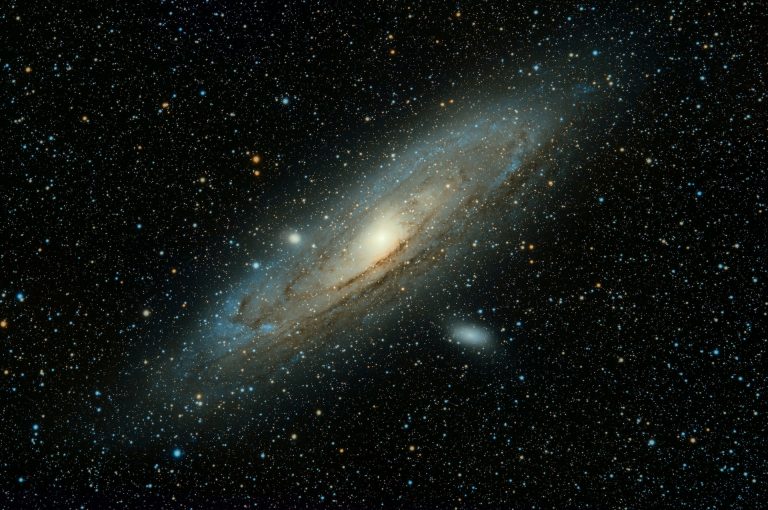
Space is one of the most fascinating and mysterious aspects of our universe. It is vast, infinite, and seemingly impossible to fully comprehend. The size and scale of space, and the galaxies that exist within it, is something that has been studied by astronomers for centuries and continues to be a topic of great interest and wonder. In this blog, we will delve into the size and scale of space and galaxies, exploring what we know and what remains a mystery.
How Big is Space?
The question of how big space is, is a difficult one to answer. Space is considered to be infinite, meaning that it has no end and goes on forever. This makes it impossible to determine its exact size, but astronomers have been able to estimate its size based on observations and calculations.
One way to understand the size of space is to look at distances between objects within our own solar system. For example, the distance between the Earth and the Sun is approximately 93 million miles, and the distance between the Sun and the nearest star, Proxima Centauri, is about 4.2 light years. A light year is the distance that light travels in one year, which is about 5.88 trillion miles.
When we look at the size of galaxies, things become even more mind-boggling. To give some perspective, the Milky Way—our home galaxy—is 100,000 light years wide and contains more than 400 billion stars. A light year is the distance light travels in one year, which is approximately six trillion miles (9.5 trillion kilometers). That means if you traveled at the speed of light, it would take you 100,000 years to cross the Milky Way!
The Size and Scale of Galaxies:
Galaxies come in a variety of shapes and sizes, from spiral galaxies like the Milky Way to elliptical galaxies, and irregular galaxies. The size and scale of galaxies is determined by the number of stars and other celestial objects that exist within them.
One way to understand the size of galaxies is to compare them to astronomical units. An astronomical unit is a unit of measurement that is used to describe the distances between objects in space. It is defined as the average distance between the Earth and the Sun, which is approximately 93 million miles.
The size of galaxies can be described in terms of the number of astronomical units, which allows us to compare them to objects within our own solar system. For example, the Milky Way is estimated to be about 30,000 astronomical units across, while the largest known galaxy, IC 1101, is estimated to be about 2 million astronomical units across.
The Distance between Galaxies:
The distance between galaxies is another aspect of space that is difficult to comprehend. Galaxies are separated by vast distances, with some being millions of light-years apart. The nearest galaxy to our own Milky Way, the Andromeda galaxy, is estimated to be about 2.5 million light-years away.
Astronomy in the Hindu Vedas:

The Vedas contain references to various celestial bodies, including stars, planets, and the moon. They also describe various astronomical phenomena such as eclipses, comets, and the movement of celestial bodies. The Vedas also discuss the concept of time and the use of astronomical observations for the purpose of determining the passage of time.
In Hindu mythology, the universe is depicted as a vast and infinite space, filled with countless celestial bodies and objects. The gods and goddesses are often associated with the celestial bodies, and their movements and interactions are considered to have a significant impact on the world and its inhabitants. The Hindu mythology also describes the creation of the universe and its ultimate destruction, providing a rich source of stories and tales that have been passed down through generations.
Vedas say that our universe is about 155.52 trillion human years old, and its total life span is 311.04 trillion human years (which is equivalent to 100 years of Brahma). In Srimada Bhagwata 5.20.38, the diameter of the universe is quoted as 500,000,000 yojanas (1 yojanas is equal to approx 9 miles, so its 4.5 trillion miles). The shape of the universe is egg shaped (brahmanda = brahma+anda). It may be interesting to observe that distance traveled by light in one day (186,000,000 * 3600 * 24 =~ 16 trillion miles) is equal to the perimeter of (vedic) universe (approximating ellipse to circle, perimeter of universe = 4,500,000,000 * 3.1416 =~ 14 trillion miles).
Refrences: https://www.cs.ubc.ca/